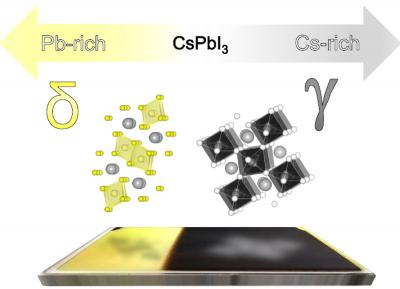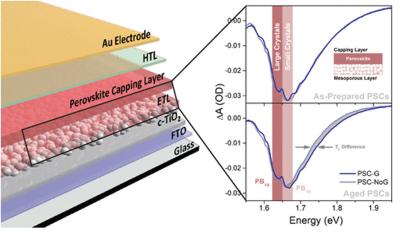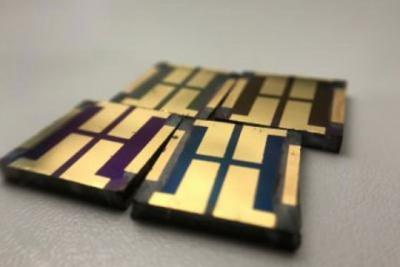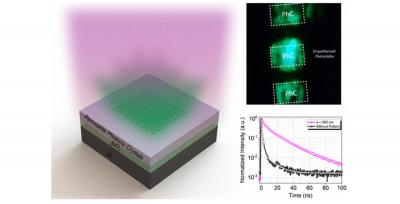HZB team opens the door to stable PSCs based on inorganic perovskite thin films
A team at the Helmholtz-Zentrum Berlin (HZB) has succeeded in producing inorganic perovskite thin films at moderate temperatures using co-evaporation ' rendering the process of post-tempering at high temperatures unnecessary it much easier to produce thin-film solar cells.
 By co-evaporation of cesium iodide and lead iodide thin layers of CsPbI3 can be produced even at moderate temperatures. An excess of cesium leads to stable perovskite phases. image: HZB
By co-evaporation of cesium iodide and lead iodide thin layers of CsPbI3 can be produced even at moderate temperatures. An excess of cesium leads to stable perovskite phases. image: HZB
Researchers all over the world are working intensively on the development of perovskite solar cells. The focus is mainly on ones made from metal-organic hybrid perovskites, whose crystal structure is composed of inorganic elements such as lead and iodine as well as an organic molecule. Completely inorganic perovskite semiconductors such as CsPbI3 have the same crystalline structure as hybrid perovskites, but contain an alkali metal such as caesium instead of an organic molecule. This makes them much more stable than hybrid perovskites, but usually requires an extra production step at very high temperature ' several hundred degrees Celsius.




